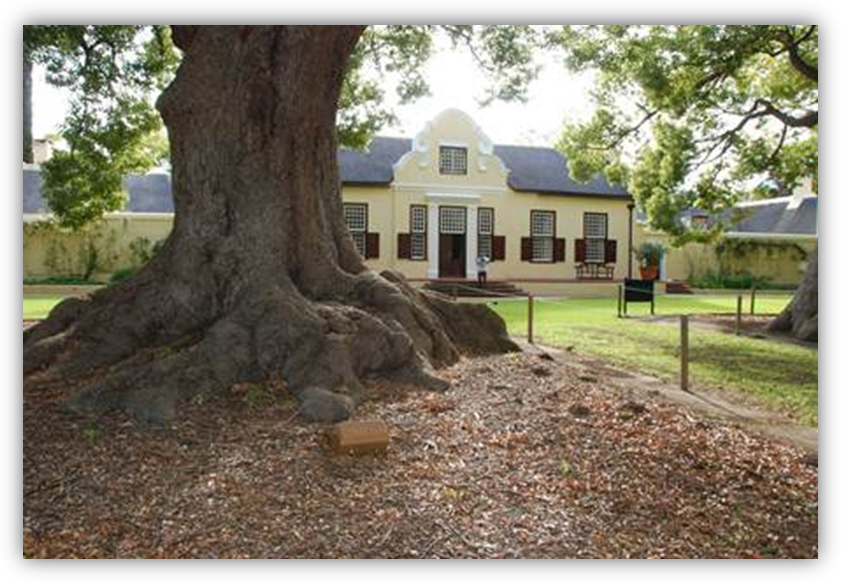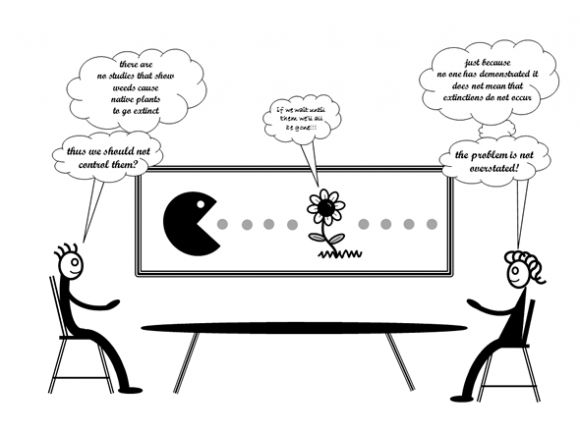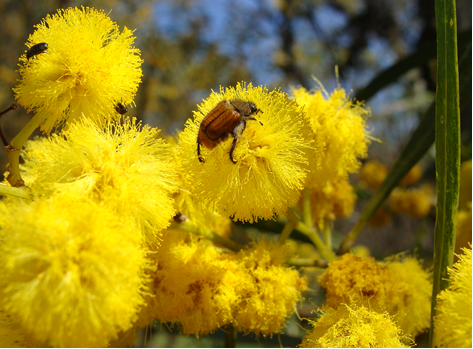24 February 2014 | By Brian van Wilgen and Dave Richardson
Alien trees offer several benefits to the people of South Africa, often as welcoming features of gardens, parks and streets, and as sources of food and timber. Despite the benefits gained from alien trees, a small number of these trees can become invasive and can cause harm to the ecosystems they invade. Such invasive alien trees, which bring both benefits and cause negative environmental impacts, can often lead to conflicts over how they should be managed.
Recent research at the C∙I∙B has been looking at ways of managing invasive alien trees considered as conflict species. The impacts of conflict species grow over time as invasive alien trees spread, and as societal perceptions of the value of alien trees change in response to a growing understanding and a shift in values. This leads to an environment in which trade-offs are necessary to maximise benefits and minimise harm.
A paper by Brian van Wilgen and Dave Richardson, published in the journal Biological Invasions, suggests that the management of alien trees need to be strategic and adaptive, and needs to combine all possible management interventions to promote the delivery of optimal outcomes. The authors used examples, mainly from South Africa (where issues relating to invasive alien trees introduced for forestry have received most attention), to argue for holistic and collaborative approaches to alien tree management.
Such approaches need to consider bold steps, such as phasing out unsustainable plantation forestry that is based on highly invasive species. In addition, it would be advisable to impose much stricter controls on the introduction of alien trees to new environments.
Another paper in the same issue of Biological Invasions, with Brian van Wilgen and Dave Richardson as co-authors, collated examples of conflict surrounding the control or management of tree invasions from around the world – where conflict has caused delay, increased cost, or cessation of projects aimed at invasive tree removal. This global review suggests that such conflicts should be seen as a normal occurrence in invasive tree removal. The paper shows that assessing both positive and negative effects of invasive species on multiple ecosystem services provides a useful framework for the resolution of such conflicts.
Read the papers:
For more information, contact Brian van Wilgen at BvWilgen@csir.co.za or Dave Richardson at rich@sun.ac.za




